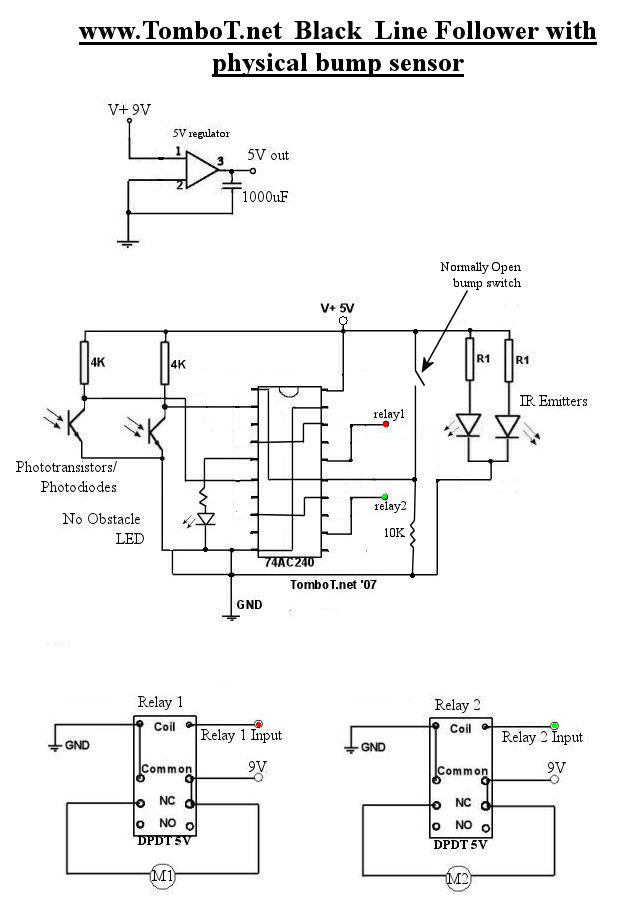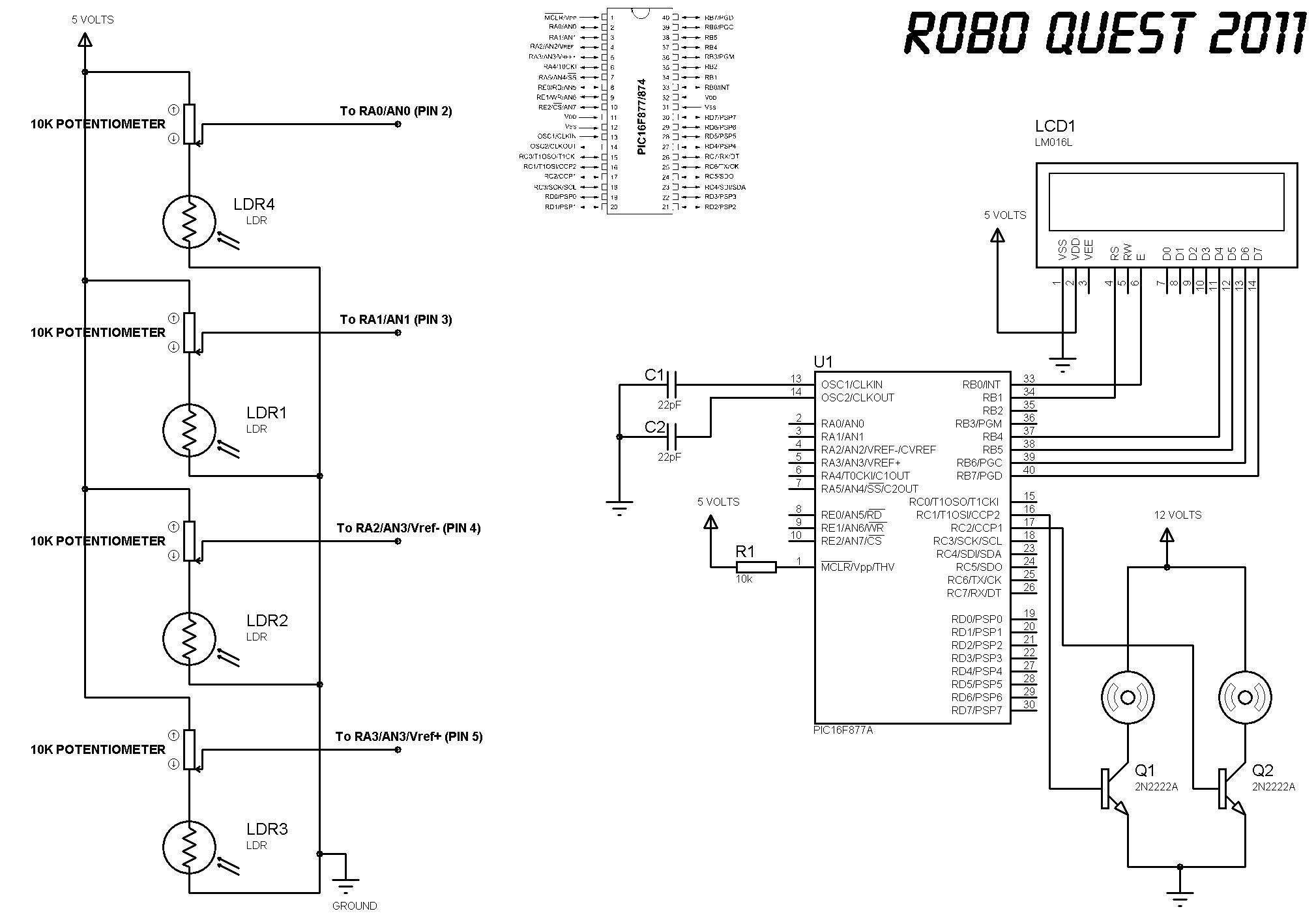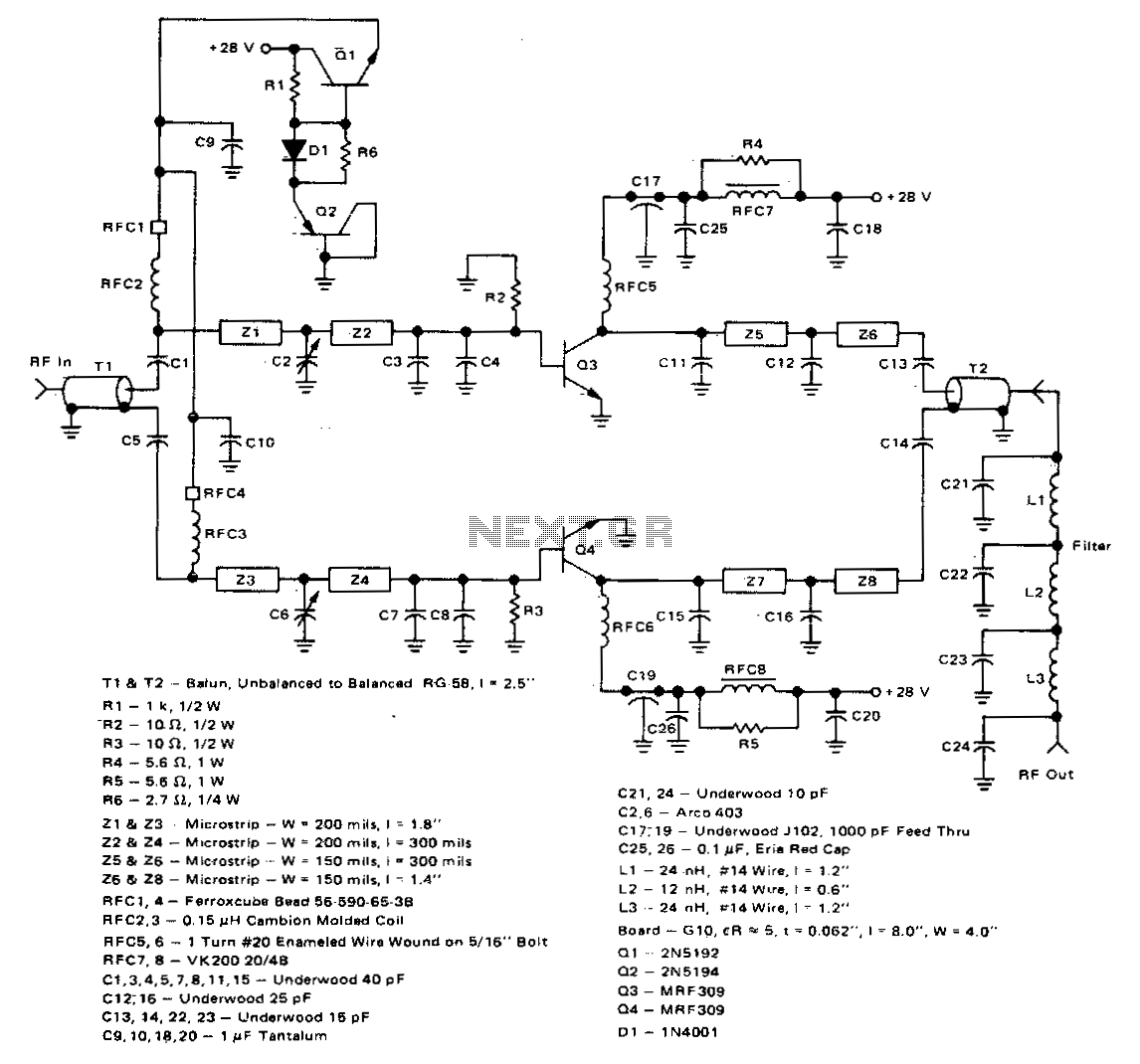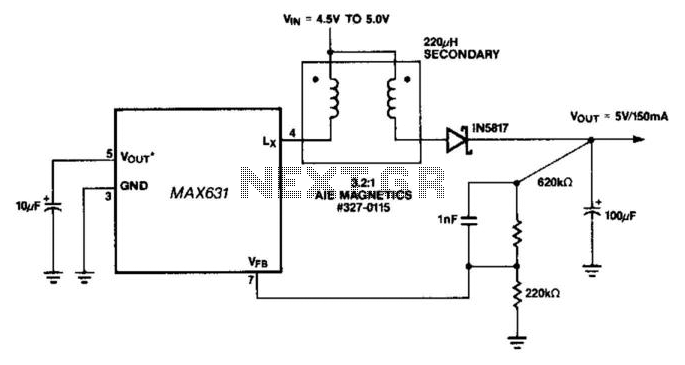
50Ohm transmission line driver

This circuit utilizes a wideband, high slew rate CA3100 BiMOS operational amplifier. The slew rate for this amplifier is 28 V/µs. The output swing is 9 volts peak-to-peak into a terminated line, measured at the termination.
The CA3100 BiMOS operational amplifier is designed for applications requiring high-speed signal processing and wide bandwidth. Its high slew rate of 28 V/µs ensures that it can handle rapid changes in input signals without significant distortion, making it suitable for high-frequency applications.
In this circuit configuration, the output swing of 9 volts peak-to-peak indicates that the amplifier can effectively drive a load while maintaining signal integrity. The output is measured at the termination, which suggests that the circuit is designed to interface with a specific load impedance, ensuring optimal power transfer and minimal signal reflection.
The use of a terminated line implies that the circuit is likely part of a transmission line system where impedance matching is critical. This setup minimizes signal loss and reflections that could lead to distortion or interference in high-speed data transmission applications.
Overall, the CA3100 BiMOS op-amp in this circuit is well-suited for high-performance applications where rapid signal response and fidelity are essential, such as in video processing, telecommunications, and high-speed data acquisition systems.This circuit uses a wideband, high slew rate CA3100 BiMOS.op amp. The slew rate for this amplifier is 28 V//as. Output swing is 9 volts peak-to-peak into a terminated line, measured at the termination.
The CA3100 BiMOS operational amplifier is designed for applications requiring high-speed signal processing and wide bandwidth. Its high slew rate of 28 V/µs ensures that it can handle rapid changes in input signals without significant distortion, making it suitable for high-frequency applications.
In this circuit configuration, the output swing of 9 volts peak-to-peak indicates that the amplifier can effectively drive a load while maintaining signal integrity. The output is measured at the termination, which suggests that the circuit is designed to interface with a specific load impedance, ensuring optimal power transfer and minimal signal reflection.
The use of a terminated line implies that the circuit is likely part of a transmission line system where impedance matching is critical. This setup minimizes signal loss and reflections that could lead to distortion or interference in high-speed data transmission applications.
Overall, the CA3100 BiMOS op-amp in this circuit is well-suited for high-performance applications where rapid signal response and fidelity are essential, such as in video processing, telecommunications, and high-speed data acquisition systems.This circuit uses a wideband, high slew rate CA3100 BiMOS.op amp. The slew rate for this amplifier is 28 V//as. Output swing is 9 volts peak-to-peak into a terminated line, measured at the termination.





